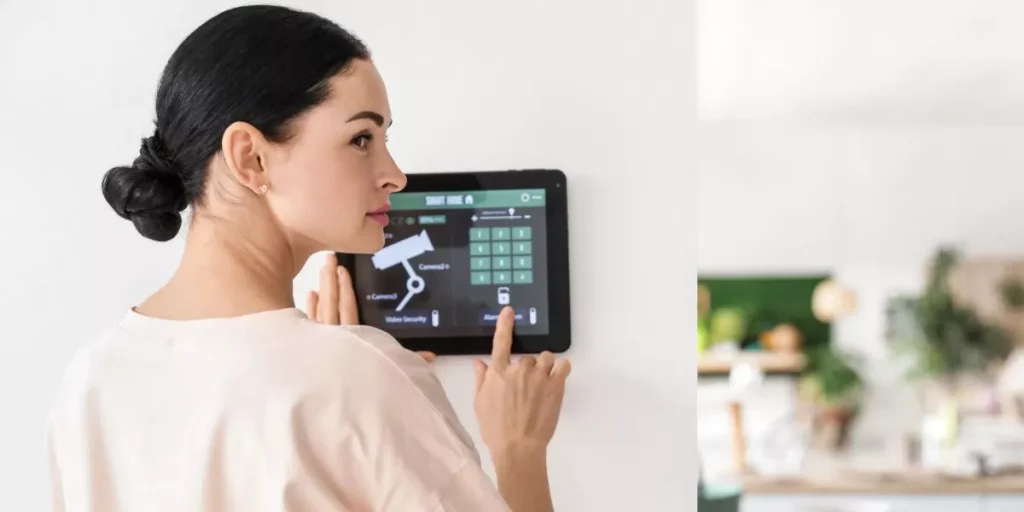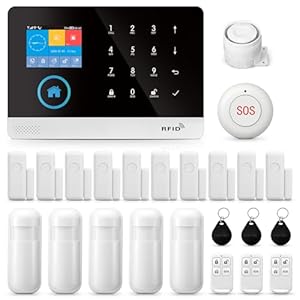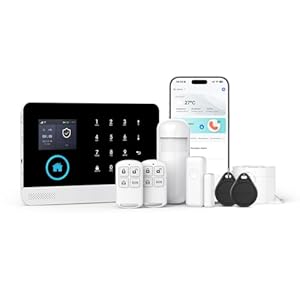
You may have encountered a few bumps on the road when setting up your smart home security system. From connectivity glitches to privacy concerns, navigating these issues is crucial to safeguarding your home. However, the most common challenges often have straightforward solutions that can enhance the overall functionality and reliability of your system. Stay tuned to discover effective strategies for tackling these common smart home security system issues.
Connectivity Problems
If your smart home security system frequently disconnects from the network, troubleshooting the connectivity problems can help ensure your home stays protected. Start by checking the Wi-Fi signal strength in the area where the security system is installed. Weak signals can cause intermittent disconnections. Repositioning the router or installing a Wi-Fi extender may improve the signal strength. Additionally, ensure that there are no physical obstructions blocking the signal between the security system and the router.
Another common issue affecting connectivity is interference from other electronic devices. Devices like microwaves, cordless phones, and baby monitors can disrupt Wi-Fi signals. Try moving these devices away from the security system or router to see if it improves the connection stability.
Updating your security system’s firmware and the router’s firmware can also resolve connectivity issues. Manufacturers often release updates to improve performance and fix bugs that could be causing the disconnects. Regularly checking for and installing these updates can help maintain a reliable connection for your smart home security system.
Software Glitches
When encountering software glitches in your smart home security system, troubleshooting these issues promptly is crucial to maintaining its effectiveness. Software glitches can manifest in various ways, such as cameras freezing, motion sensors not detecting movement, or the system failing to connect to your mobile device.
These glitches may leave your home vulnerable and compromise the security you rely on. To address software glitches effectively, start by checking for any available updates for your security system’s software. Updating the software can often resolve known bugs and improve overall performance.
Additionally, power cycling the system by turning it off and on can help reset any temporary issues that may be causing glitches. If the problem persists, reaching out to the manufacturer’s customer support for guidance or seeking help from a professional technician may be necessary to diagnose and resolve more complex software issues.
False Alarms
False alarms can disrupt your peace of mind and potentially lead to unnecessary stress and inconvenience. They’re one of the most common issues with smart home security systems. These false alerts can be triggered by various factors such as pets setting off motion sensors, system malfunctions, or even user error. Dealing with frequent false alarms can be frustrating and may desensitize you to real security threats, impacting the overall effectiveness of your system.
To reduce the occurrence of false alarms, it’s essential to ensure proper installation and positioning of sensors. Make sure sensors aren’t obstructed and are correctly calibrated to minimize false triggers. Additionally, educating household members about the system and how to use it correctly can help prevent unnecessary alerts. Regularly updating and testing your security system can also help identify and address any issues that could lead to false alarms.
Privacy Concerns
Privacy concerns are a significant consideration for smart home security systems, impacting how users interact with and trust these technologies. When you install smart security devices in your home, you may worry about who’s access to the data collected. These systems often gather sensitive information about your daily routines, habits, and even video footage of your property. The potential for this data to be intercepted or misused raises red flags for many users.
The fear of hackers gaining access to your security cameras or microphones is a valid one, as seen in past incidents where unauthorized individuals breached such systems. Additionally, some users are wary of the companies behind these technologies using their data for targeted advertising or sharing it with third parties without consent.
To address these concerns, it’s crucial to research the security measures implemented by smart home security providers and understand how your data is being protected. By staying informed and taking steps to secure your devices, you can mitigate privacy risks associated with smart home security systems.
Trending Products














